Aspect Ratio in Film From Past to Present
Welcome to a different Movie Enhancing Professional tutorial! On this publish, our coach, Leon, goes to dive deep into the subject of Facet Ratios.
What are the various kinds of side ratios that you should utilize for a movie? Why may you employ one over one other to inform a narrative? How have side ratios modified over time, and what’s coming sooner or later? Watch the video to search out out or learn the transcript beneath!
The Starting
In 1888, Thomas Edison filed a doc with the US Patent Workplace through which he conceived of a tool that will do for the attention what the phonograph does for the ear. However earlier than his crew might construct their first movement image digicam, they wanted to ascertain the dimensions of the movie they might use.
In Edison’s employment was an engineer named William Dickson. Kodak was already manufacturing roll movie to be used of their widespread field cameras. The movie was 70 millimeters vast. Dickson takes the movie, cuts in half, punches 64 perforations each foot, and 35 millimeter movie is born. Because the movie is run via the digicam vertically, the width of the body is determined. The one determination that is still is the peak of the body. For causes unknown, Dickson settles on the picture being 4 perforations excessive. And so the primary film side ratio is created.
Working in 1.33
1.33 is much less deliberate than you may suppose. Is nearly arbitrary. As an alternative of working from the dimensions of the body outwards, they labored from the dimensions of the movie inwards. As is usually the case, circumstance and technological limitations performed a major position in cinemas growth, a sample that we’ll see repeated.
Let’s see how side ratio formed cinema. We’re going to contemplate how composition and staging have modified, specializing in three varieties of pictures, singles, teams, and environmental. 1.33 is nice for capturing singles. The face can fill the body, but it doesn’t really feel confined. It’s tough for the background to trigger a distraction as a result of we don’t see a lot. Teams of two can produce a really intimate body. Bigger teams of individuals can current a problem. Horizontal preparations typically referred to as “garments line staging” could make the body look cramped. Depth or recessive staging works significantly better.
1.33 provides extra room to compose vertically than wider side ratios. As 1.33 is extra sq., you’ll be able to see why it excels with depth staging. As a result of on the frames lack of width, necessary compositional components are sometimes positioned vertically throughout the body. This exposes a weak spot. It’s not nice for landscapes. In reality, the 1.33 frames appears only when it solely has a single focal point or focus. It doesn’t are inclined to deal with two issues very properly. Have a look at the issue that the filmmaker encounters on this instance beneath when making an attempt to suit two factors of curiosity into one body. It’s not that it’s dangerous. It’s simply not comfy.
The Delivery of Widescreen Cinema
For over 60 years, 1.33, or 1.375 which allowed room for an optical soundtrack, reigned supreme. Within the Fifties with theater revenues dropping, Hollywood regarded to widescreen to tug audiences again to the cinema. It’s a format that they had experimented with, however by no means with any lasting success. Utilizing bigger movie inventory or cropping the usual academy ratio, all incurred completely different challenges.
To unravel this downside, in 1952, Cinerama was devised. On set, three 35 millimeter cameras was sandwiched collectively in an arc. Within the cinema, three synchronized projectors seamlessly stitched the triptych again collectively on an enormous 90 foot vast display. Audiences liked it. Widescreen was right here to remain. However earlier than it might go mainstream, a greater resolution was required.
The Introduction of CinemaScope
twentieth Century Fox developed the reply, the system they referred to as CinemaScope. They repurposed French expertise invented to offer tank drivers a wider discipline of view. By placing an animal thick components in entrance of the cameras taking lens, they may squeeze a wider picture onto an everyday 1.33 body. Within the cinema, the projector can be outfitted with one other anamorphic lens that stretched the picture again to the crutch form. Low-cost, efficient, and accessible. CinemaScope lenses had a squeeze issue of two. When used with an open gate, it yielded a facet ratio of two.66. It was extra generally cropped to between 2.35 and a couple of.4 to permit room for an impediment soundtrack.
How would this model new body have an effect on the best way movies are made? Nicely, filmmakers had two choices. They may deal with scope as much less a slice of the outdated body blew up particulars in created summary compositions, or they may deal with scope as extra a horizontal enlargement of the usual academy ratio.
Let’s see how that works in apply. Now, a close-up is overwhelmed with all this surrounding area. That is necessary to know as a result of an in depth up is just not essentially about how shut you will get to somebody, but it surely’s typically in regards to the exclusion of different info from the body. So to attain an in depth up, you must block your actors fastidiously to get a clear single. Now the film begins to inherit a unique aesthetic due to the empty areas within the body. Is {that a} good or a nasty factor? It relies on the context.
Some filmmakers determine to go the opposite method, widescreen is much less, pushing the closeup even nearer, and in some circumstances, pushing it so shut that it abstracts the picture. The eye is again in your topic, however with a really completely different feeling. Strategies emerge to manage the body. Mise-en-scène or theatrical design is useful. The set may be designed with the side ratio in thoughts. Components of the set are used to manage the body. If, say, by placing an actor inside a door or a window, we’ve primarily created a body inside a body to get them again right into a form that higher fits human dimensions. Over the shoulder is one other widespread software utilized in scope to manage the body. The again of the actor’s head is used to cut back the dimensions of the body. That is typically referred to as dirtying the body.
Different filmmakers determine to go for a compromise between much less and extra. The close-up chopped off on the subsequent shot begins to develop into extra prevalent in scope. It will by no means work in 1.33. It will be too intense. However with the additional width it really works. How does the brand new body deal with two pictures? In a medium close-up, a specific amount of intimacy comes from the viewers’s lack of ability to look anyplace else within the body.
An identical framing in scope has a unique aesthetic. It presents distraction and more room for the viewers to roam. After all, you’ll be able to push nearer to make the body extra intimate, however that too could have a unique discipline. Within the instance beneath, to fill the body, the filmmaker has chosen to rotate barely off-axis. Maintaining the shot partially in profile permits us to see the faces of each actors, however the shoulder and head of the closest actor is beginning to fill the body. Mise-en-scène can also be used to make the scene really feel extra intimate. The peripherals are darkened and made extra claustrophobic.
How will scope deal with teams of individuals? Small teams can typically be awkward, once more, due to the empty area. So, garments line staging turns into a highly regarded method of dealing with giant teams of individuals. Depth staging turns into slightly tougher due to the shortage of peak. Mise-en-scène reduces the width of the body a short while garments line staging and slightly depth is used to rearrange the characters. Specifically, this model new super-wide body excel at environmental pictures. In any case, widescreen mirrors the world round us as a result of it’s panoramic.
Blocking in Widescreen
Within the early days of cinema, every part was shut in Tableau type. The static digicam would seize the complete scene with out cuts. The viewers was free to go searching because the motion unfolded. However approach developed. The close-up and constructive modifying was invented. The humanities of filming a scene with singles and closeups grew to become the norm. Filmmakers started to extra tightly management the place the viewers regarded.
Let’s speak briefly about blocking. CinemaScope referred to as for an altered aesthetic. Due to the broader body, the spectators eye is invited to roam making connections that in the usual 1.33 side ratio have been extra tightly decided. The form of the body implies that two factors of curiosity may be comfortably posed in the identical body. Whereas in 1.33, this kind of staging would look odd. That is nearly a regression again to the Tableau type filming of outdated.
The transfer again to much less restrictive framing may partially be on account of how the dimensions of the display modified. As a part of the conversion to CinemaScope, cinemas needed to enhance the dimensions of their screens. A typical 1.33 display was about 20 foot throughout. A CinemaScope display was something as much as 60 ft. Scope provided many challenges, however this bigger body was the place scope actually began to develop into a bonus. Not solely was the display getting bigger, however the body felt greater. A shot might primarily embody two medium closeups. Thus, the body was beginning to have an effect on extra than simply the picture. It began to have an effect on the best way a film was edited. When there may be extra info in a single body, there may be much less want to chop. The dimensions and form of the body aided cinematographers in composing pictures with better context. The themes, his muse and his surroundings can now match into one single, permitting the viewers to roam it freely, nearly to take part within the strategy of discovery somewhat than be a passive passenger on the mercy of the editor.
The Evolution From CinemaScope to VistaVision’s 1.85
CinemaScope introduced 1.33’s reign to an finish. What got here subsequent? Is 1954, the yr after the massive business success of CinemaScope. Paramount Studio wished their very own white display expertise as a result of partially, they have been sick of paying twentieth Century Fox cash to license their CinemaScope system, which wasn’t even that good. In any case, it was a first-generation product. So, they took 35 mil movie. And as a substitute of working it via the digicam vertically, they run it horizontally. Now, the width of the movie now not constraint the width of the picture. They may make a wider picture with out making it smaller.
Paramount intentionally designed their new digicam system to accommodate quite a lot of side ratios. The brand new panorama of cinema that featured completely different side ratios meant there was rising disunity within the measurement and form of screens featured in theaters. The apply of defending for various side ratios grew to become frequent. Natively, VistaVision pictures in 1.5, however was meant to be exhibited in certainly one of 4 side ratios, 1.33, 1.66, 1.85, and a couple of.0.
We’re going to deal with its most enduring legacy. Paramount’s really helpful side ratio of 1.85. They’d the flexibility to decide on any side ratio. So why 1.85? VistaVision’s personal promotional materials says, “Optical specialists imagine that the body that encompasses the comfy viewing space is within the approximate ratio of 1.85 to 1.” In different phrases, the side ratio of human imaginative and prescient is 1.85. It is a vital determination. Finally, a facet ratio that has truly been given some scientific thought.
The very first thing to notice about 1.85 is that it’s an incredible measurement for folks. It nonetheless presents a restricted view of the surroundings, however not sufficient to require the filmmaker to work to tame a wider body. It’s very versatile, but it surely doesn’t provide the abstraction of a 2.4 or 1.33. So that you received’t see as many uncommon compositions. 1.85 appears to only work. It’s very balanced, probably a testomony to its origins, the supposedly side ratio of the human eye. It may possibly deal with garments line staging. And because of the frames additional peak, it could possibly additionally deal with depth staging successfully. It may possibly additionally do a few of the identical issues that Scope can, like include two pictures in a single. Environmental pictures aren’t any downside both. It may possibly deal with quite a lot of landscapes, each lengthy and deep.
Check out how 1.85 can clear up a few of the compositional issues of two.4 and 1.33. There’s sufficient area to see the surroundings, however not a lot as to be distracting. The better peak permits for extra depth within the scene, permitting cinematographers to shoot if they need 1.33-esque pictures. Another instance, triangular composition that’s awkward in scope is now comfy in 1.85.
2.7, IMAX and Extra…
Many, many extra side ratios have been shot and exhibited all through the years. Some are primarily based round new expertise. Others are refinements of current expertise. Others but are matted crops of current codecs. However you’ll be able to consider 1.33, 1.85, and a couple of.4 because the small, medium and enormous of the world of side ratios. The deserves of comparable side ratios can typically be evaluated by contemplating their closest equal.
Nonetheless, it’s price contemplating just a few extra. One other try to handle the decision problems with 35 mil was the MGM 65 digicam system. Later often called Extremely Panavision 70. Coupled with a 1.25 occasions anamorphic lens, MGM 65 yielded a shocking side ratio of two.7. It’s able to presenting unimaginable set items, however struggles with extra intimate topics matter. Quite a lot of empty area is required to border a clear single. In 2.76, garments line staging is on steroids, however with cautious and deliberate framing, it could possibly create participating compositions.
Within the pursuit of an ever bigger and extra detailed picture, IMAX was invented. Much like the best way that VistaVision turned 35 mil movie on its facet, IMAX purchased the identical revolution to 70 mil movie. The IMAX body is large. IMAX is designed to be proven on an enormous display as vast as 100 ft. It makes it really feel widescreen, however tremendous tall on the identical time. Much like Scope, its giant body encourages the viewers to discover, however now with a form extra just like 1.33.
Facet Ratios within the Fashionable Period
Within the Nineties, technicians drew up the requirements for high-definition tv. They wished to create a facet ratio that labored equally properly for legacy 1.33 TV broadcasts and films shut within the widespread 2.4 side ratio. So, they settled on the typical between the 2. 1.78 is so just like 1.85. It shares the entire identical strengths and weaknesses.
In a humorous type of method, technological innovation has pushed the rise of the vertical side ratio. Smartphones shoot and show 1.78 or near. However to do this, you must rotate them 90 levels. A mix of human nature and poor ergonomics means lots of people don’t rotate their cellphone. It’s nice for folks as a result of persons are tall and skinny. It really works properly for some summary compositions, but it surely actually struggles with something environmental.
2.0 is at present having fun with a renascence. It’s existed in varied guises for years, however has not too long ago develop into a go-to format for streaming companies like Netflix, Amazon and Apple. It’s a pleasant center floor between 1.78 and a couple of.4. Individuals love widescreen. Nevertheless, extreme letterboxing on small screens can waste valuable display area. So, 2.0 appears to supply a great compromise, the attract of vast display with out the waste of letterboxing.
It’s price briefly contemplating what’s occurred to the dimensions of our screens. Most individuals have a tendency to observe TV on a display no smaller than 32 inches, however sometimes round 40 to 50 inches. However one thing attention-grabbing has occurred for the reason that invention of the smartphone. It was that the dimensions of the system folks watched content material on was getting steadily greater. Smartphones have turned that development round. Does the dimensions of those screens have an effect on the best way we might select to make use of a specific side ratio? For instance, is it tougher for audiences to roam a 2.4 side ratio searching for delicate clues positioned by the cinematographer when the display measures might inches throughout?
Which Facet Ratio is Finest?
Completely different side ratios go well with completely different composition of types and completely different subject material. It’s simple {that a} face higher fits the scale of taller side ratios and that panoramic vistas go well with wider codecs. However past that pragmatic variations, completely different frames elicit completely different psychological and emotional responses. On the danger of generalizing, 1.33 will perpetually remind many individuals of outdated films and commonplace definition tv. It may possibly immediately make one thing really feel outdated.
Scope is usually related to excessive price range motion films. For a lot of, it immediately feels costly and epic. Extra average side ratios like 1.85 have a extra impartial notion. And on an ordinary excessive definition TV, nothing is extra invisible than its native elements ratio. 1.78. Others are pushed by maybe probably the most pragmatic motivation, the side ratio of the system the film shall be seen on.
For years, film producers have been influenced by the dimensions of the screens in cinemas. Tv producers have faithfully transitioned from 1.33 to 1.78 as they comply with the patron development. And now, on-line producers are defending for, or typically straight up capturing in vertical. Some films even characteristic a number of side ratios comparable to the instance beneath from Interstellar. Altering side ratio can be utilized to distinguish time durations, or perhaps underscore the epicness of a battle scene.
In Jurassic World, John Schwartzman, the DP, wished to shoot in 2.4, however the producer, Steven Spielberg, wished the movie shot in 1.85 like the unique as a result of it allowed extra headroom for the big dinosaurs. In the long run, a compromise was reached within the type of 2.0. The movie Ida was shot in 1.375 as a result of it’s evocative of the period through which the movie was primarily based. The story is about in a convent and symbolizes its nuns and novices ideas of God and heaven above through the use of this software side ratio and sometimes framing with numerous headroom.
In The Grand Budapest Lodge, Wes Anderson wished to distinguish between the three time durations featured within the story. Due to this fact, the movie options three side ratios, 1.375, 2.35, and 1.85. Damien Chazelle wished La La Land to elicit the texture of outdated musicals shot on CinemaScope. So, they shot it in scope with a facet ratio of two.55. Joss Whedon and Seamus McGarvey determined to shoot The Avengers in 1.85. Based on some interviews, that call was closely influenced by only one shot within the film, the eponymous shot the place the Avengers assembled. Tall, giant and small can all match extra simply right into a 1.85 body than they might have right into a 2.4 body.
There are various completely different causes to shoot in a specific side ratio. However no matter your motive, ensure you aren’t simply slapping black bars in your footage as a result of it appears cool. Let the story drive your decision-making course of. And when you’ve chosen a facet ratio, design each set, each composition, and each lower to go well with that body.
Wrap Up
Good movies are all about story. The body is the window via which we skilled the story. The body has taken on many sizes and shapes. Regardless, it’s easy, 4 sides, rectangular in form. However simply as advanced doesn’t imply difficult, easy doesn’t imply simplistic. The body is a motive. It has nuance and historical past. However on the finish of the day, we don’t need folks to be trying on the body. We would like them to be trying via the body. When you can create one thing invisible, then you’ve gotten achieved your aim. All the consideration, all of it must be on the story. Facet ratio is a software, certainly one of many who we’ve got in our arsenal. Use it properly, use it with understanding, and use it for a motive.



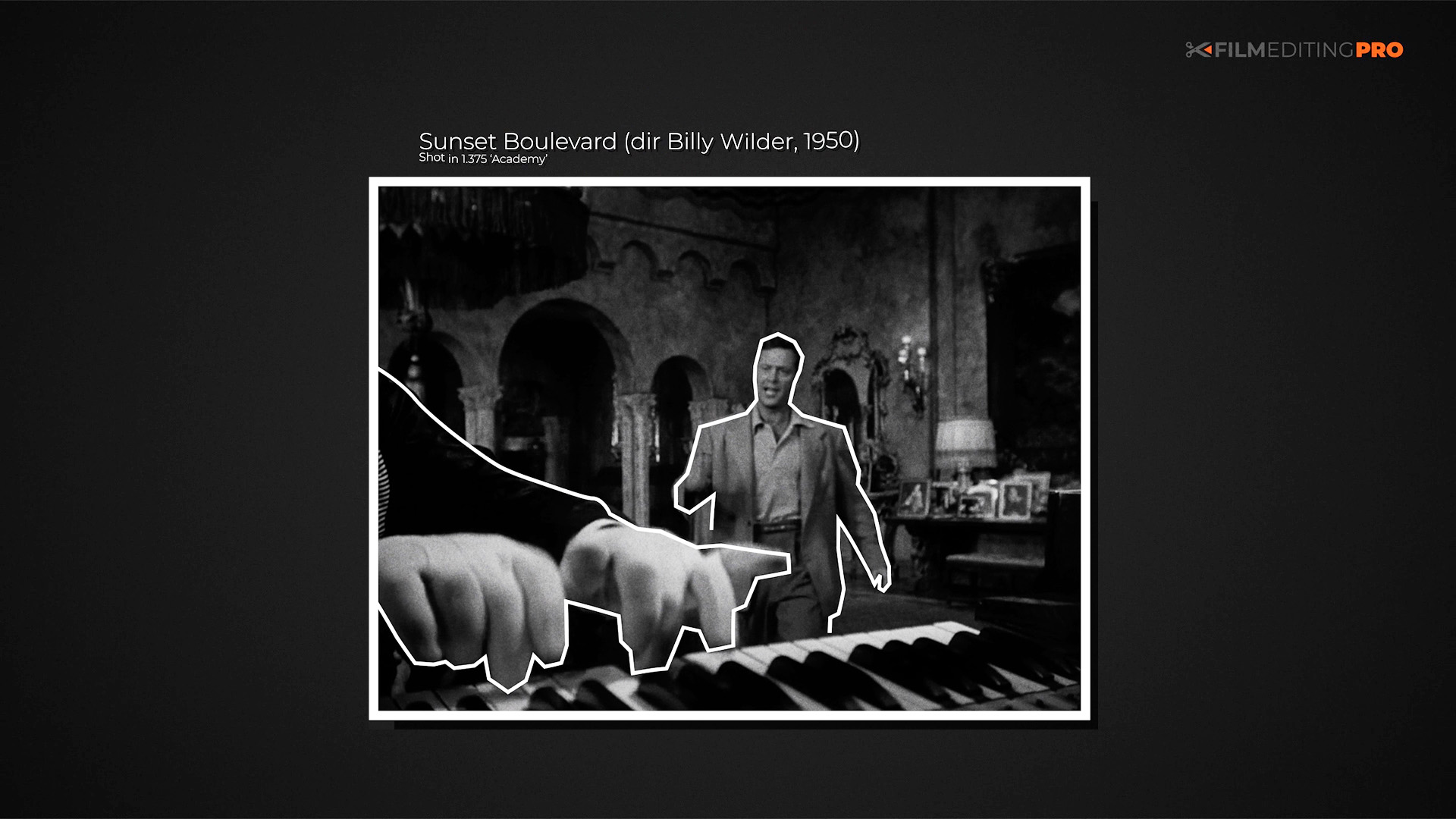
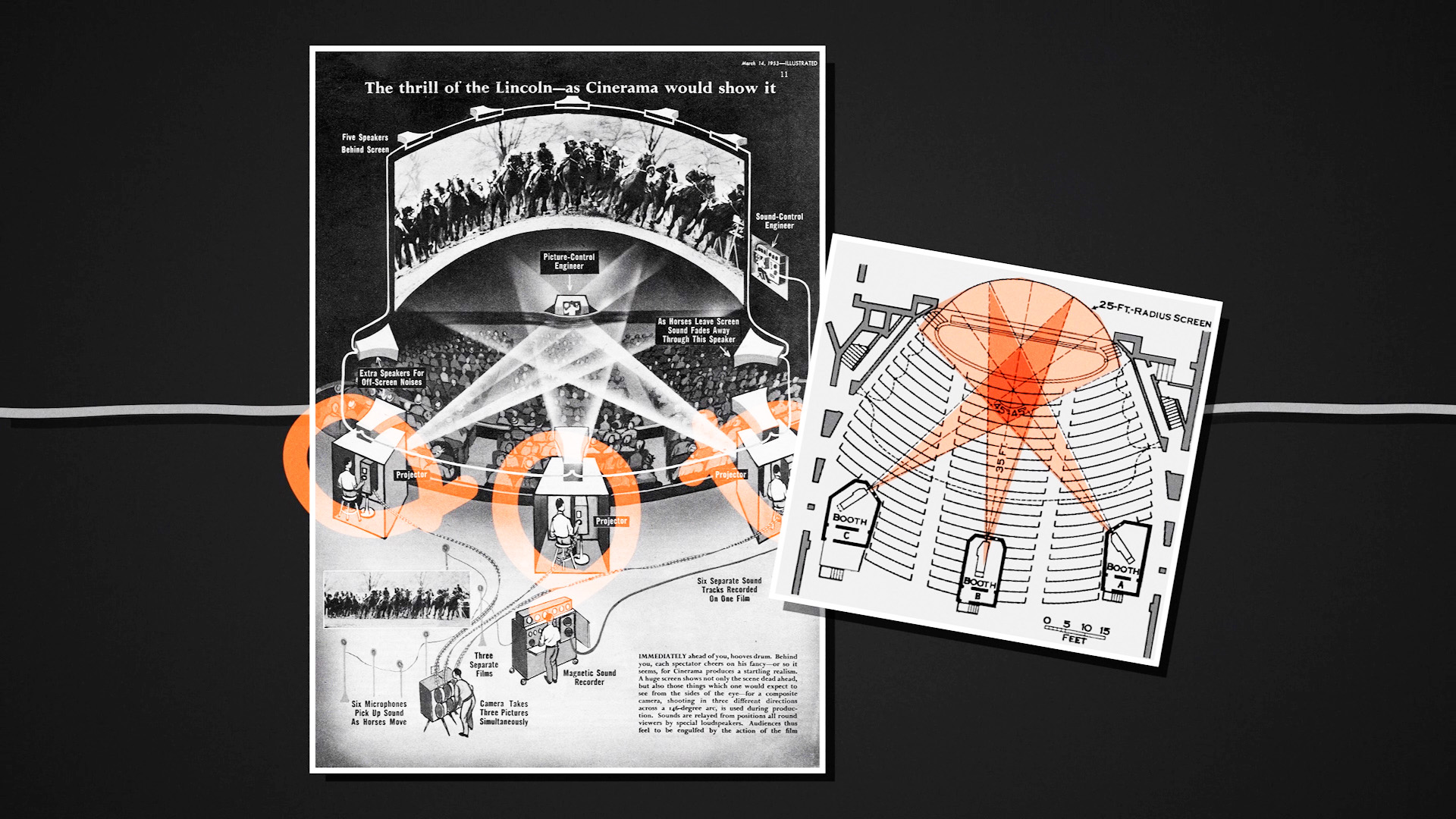
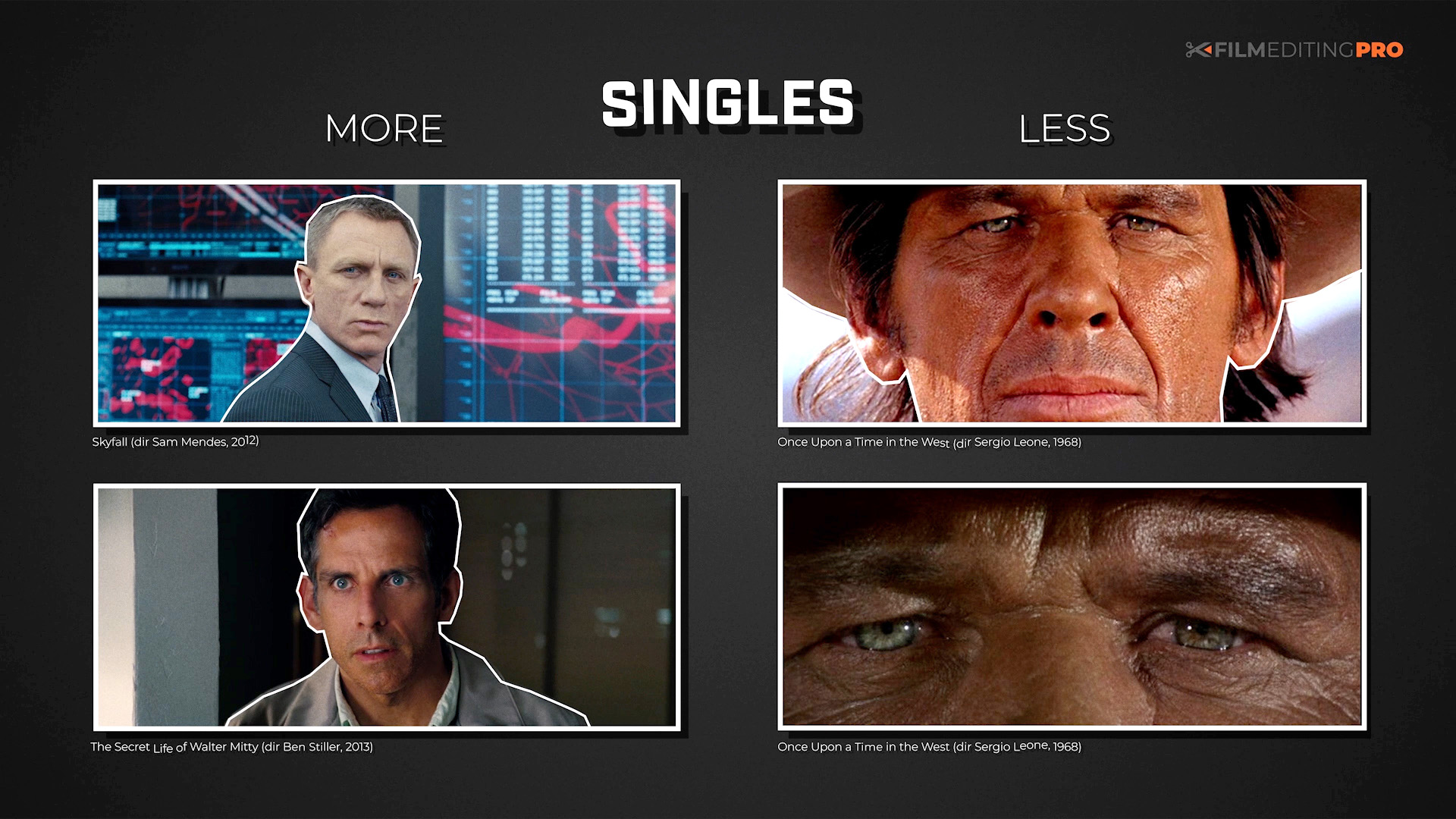
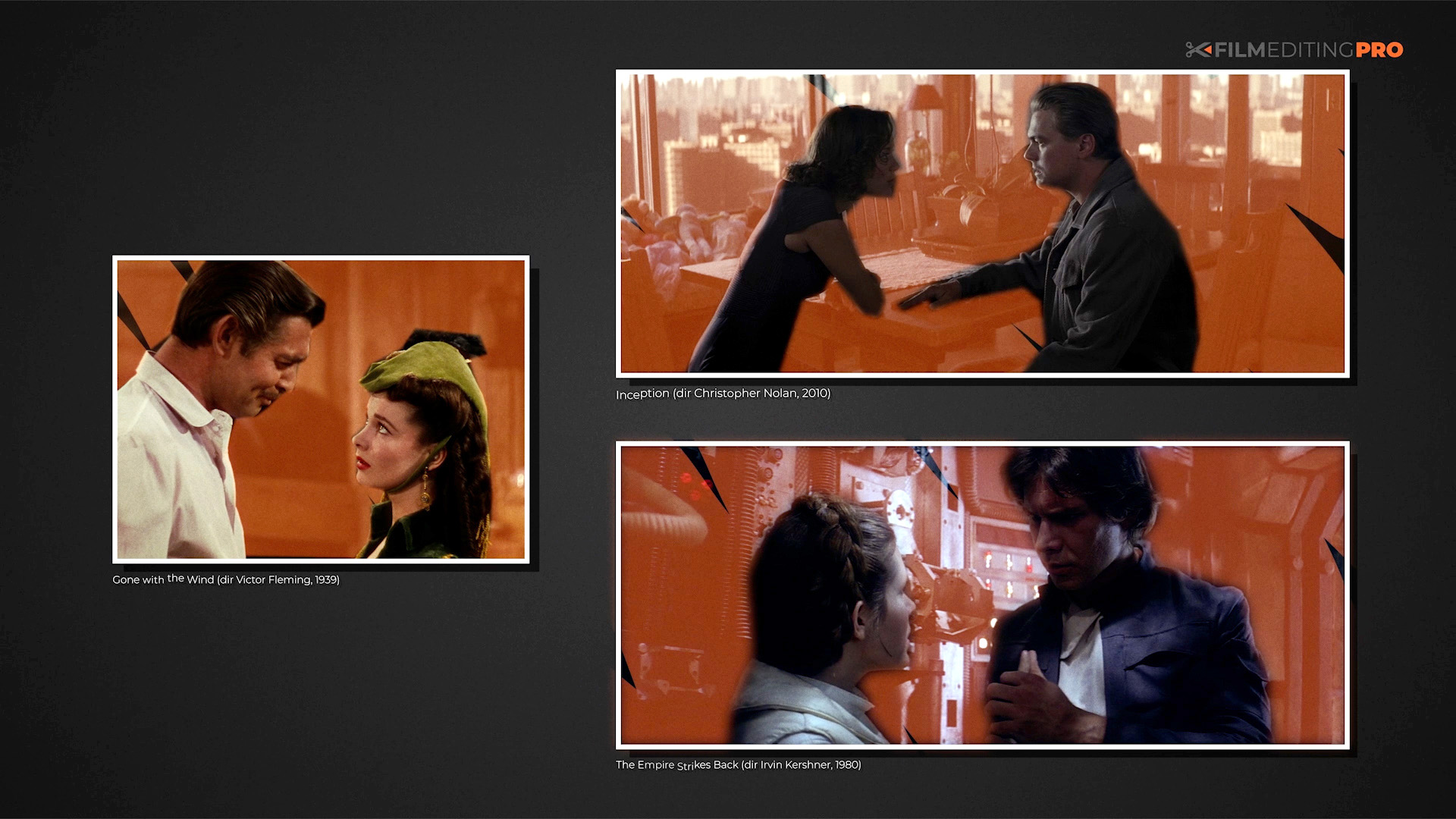


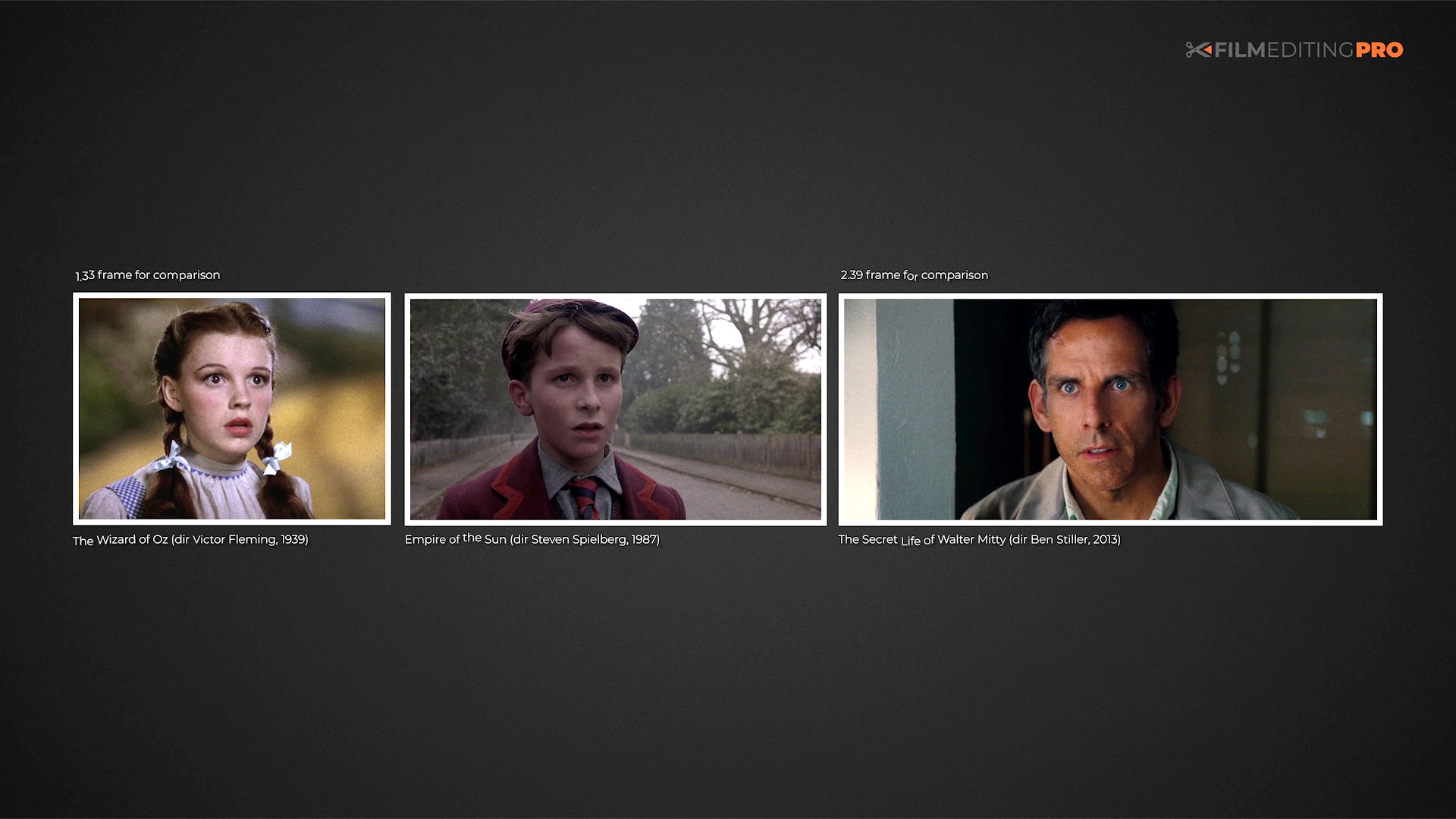

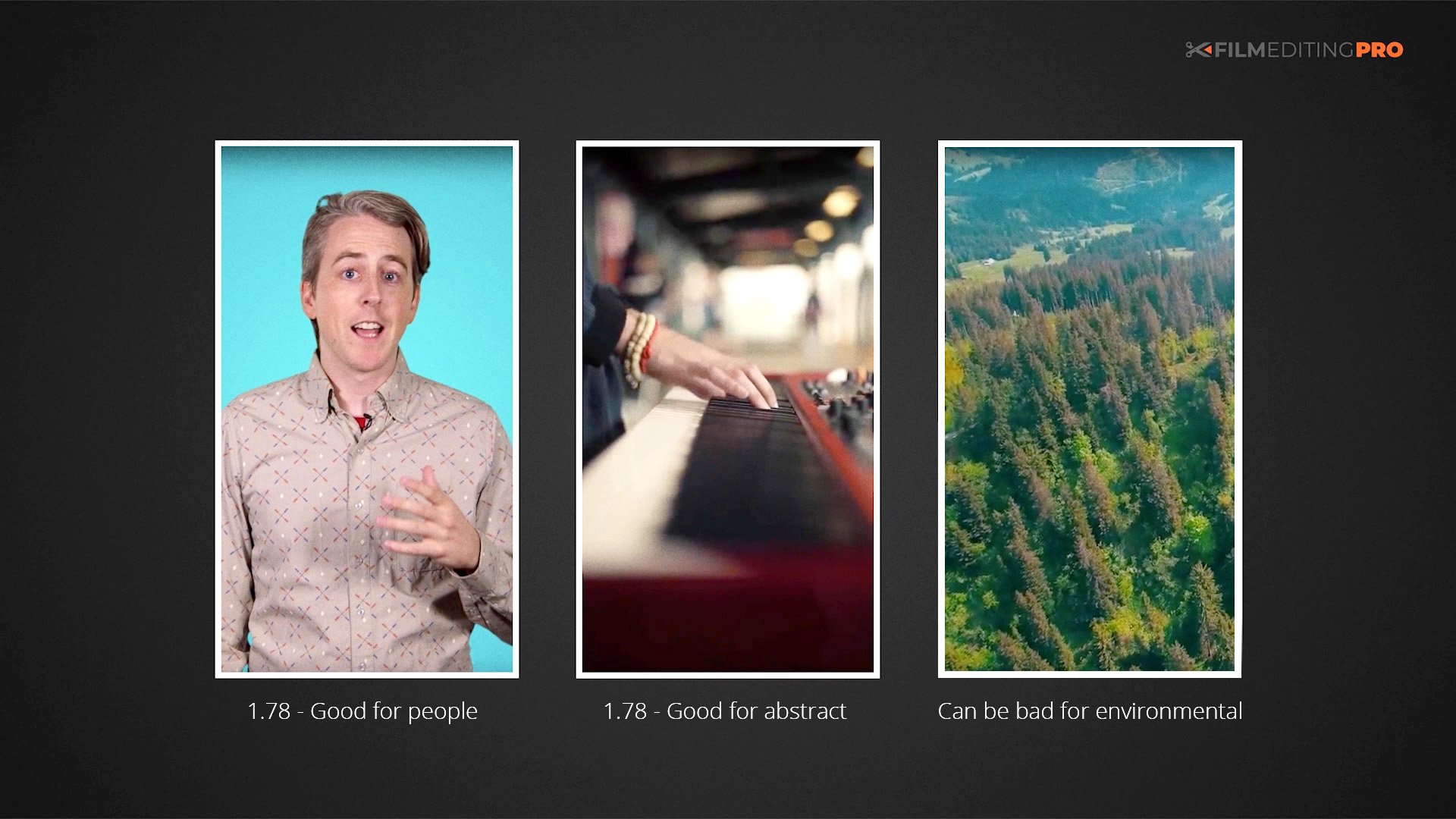
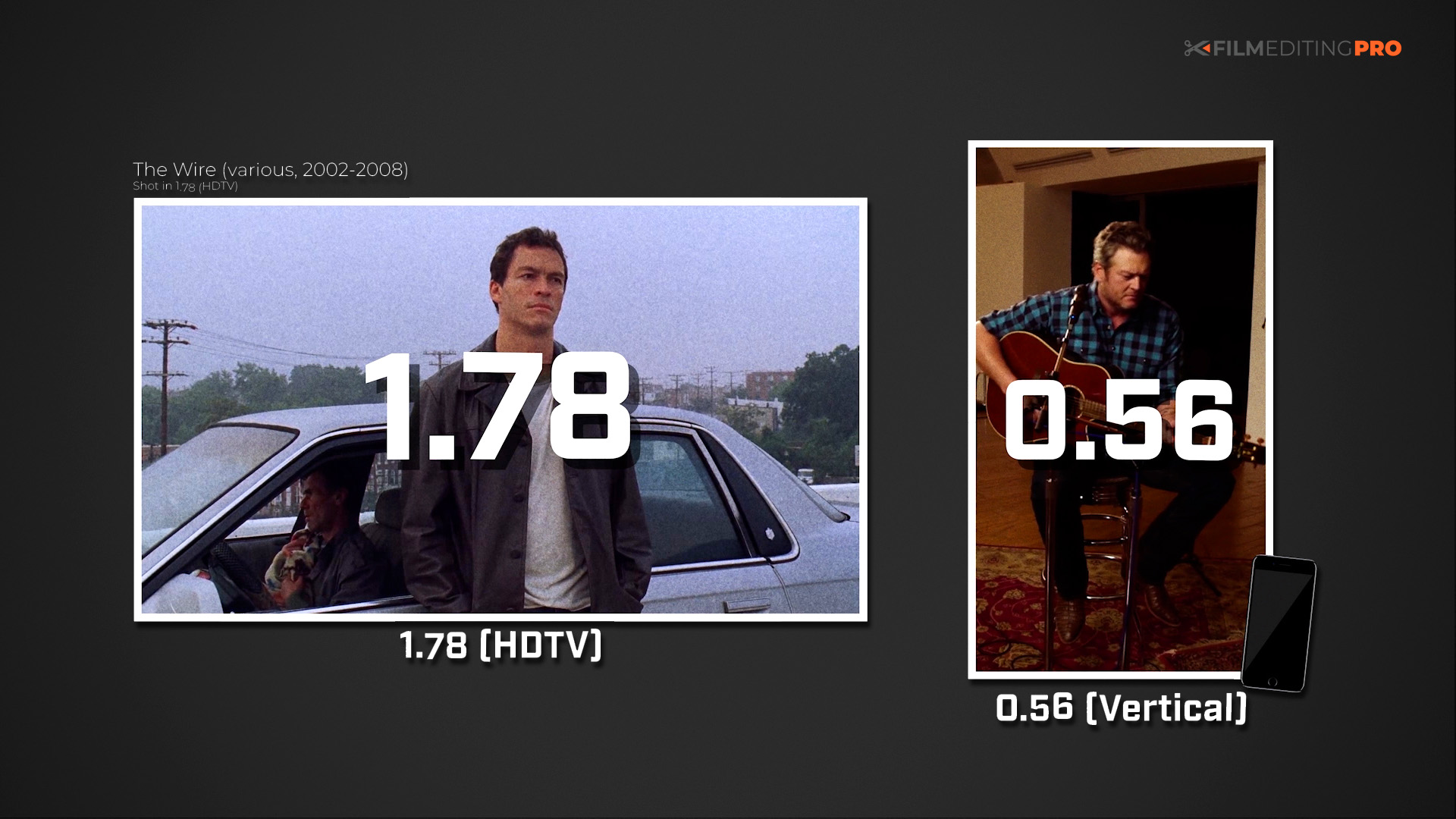
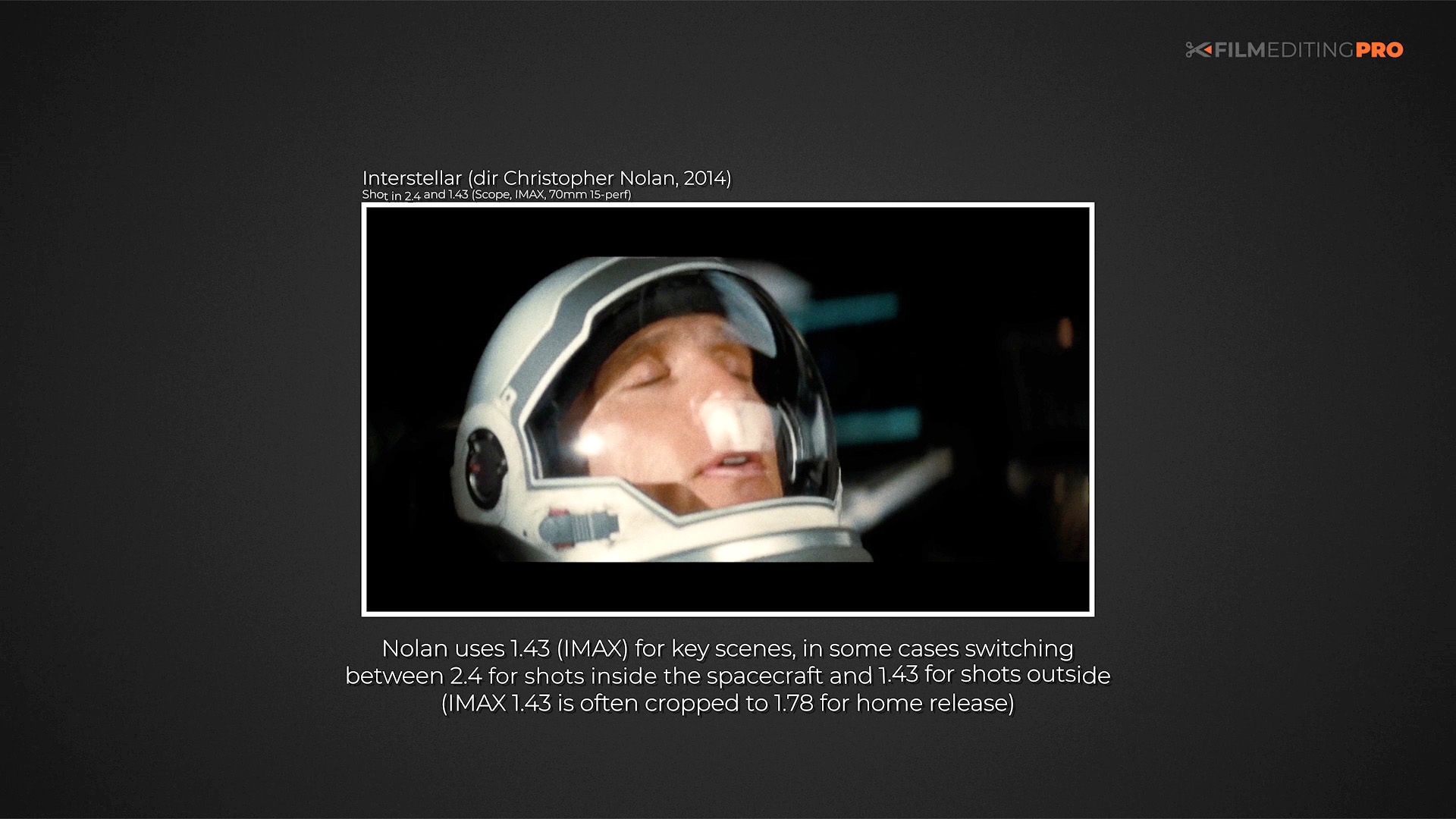
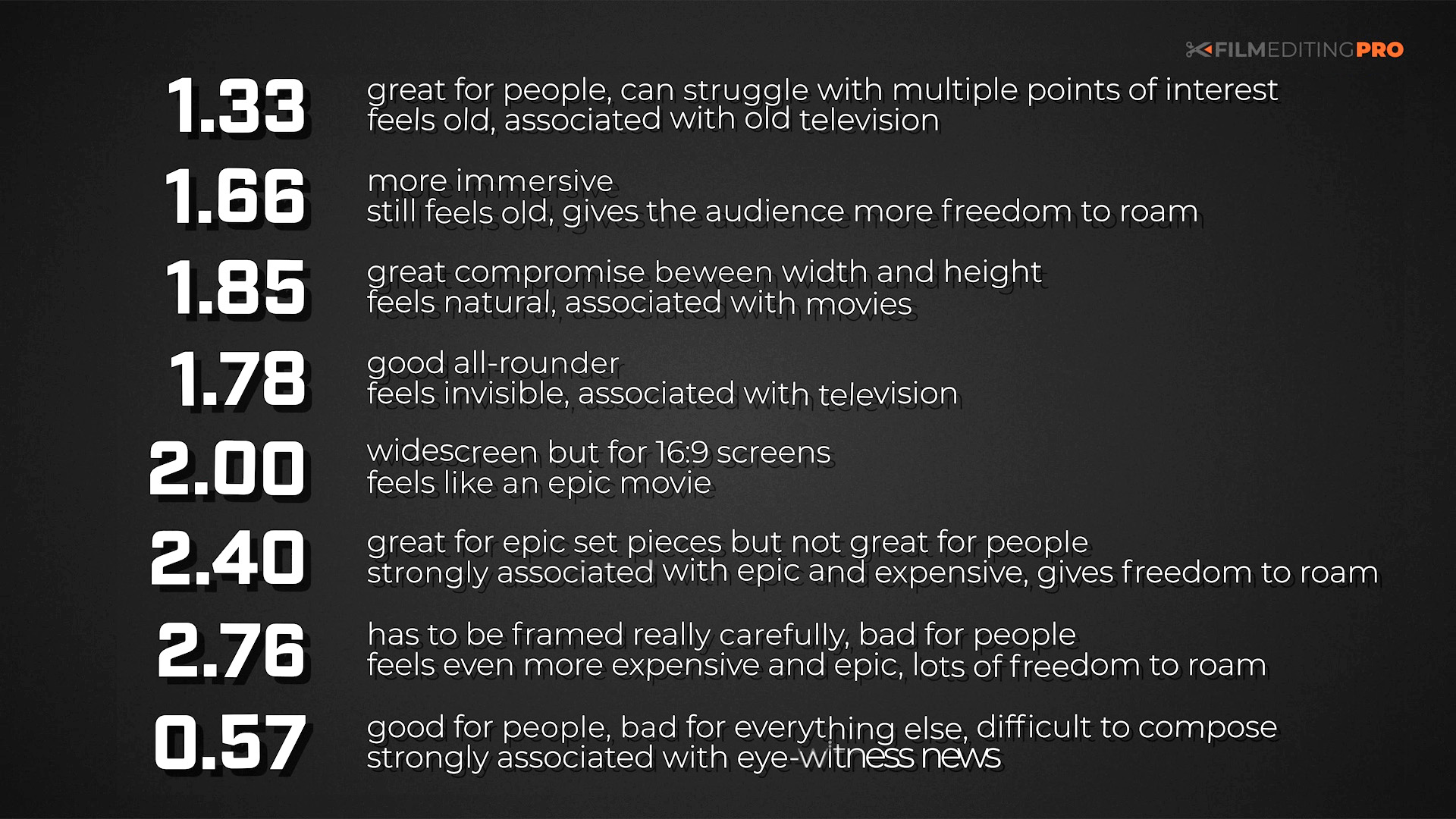




Post a Comment
0 Comments